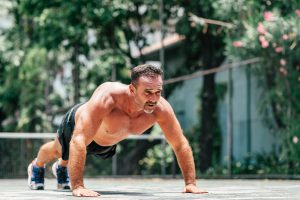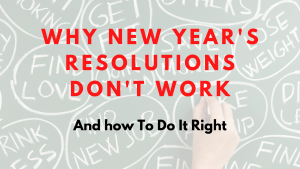
Our ancestors did not exercise
If you think about it, the concept of “exercising” or “working out” is a product of our sedentary modern culture. Hunter-gatherers didn’t work out. Between hunting and gathering, life was physical enough.
The environment provided a sufficient amount of challenges for the body to become stronger and adapted to it.
Later on, a world based on farming provided no less of a physical challenge for most of the population.
But even if we fast-forward in history much closer to our time, we’ll see that exercising is a very new concept.
The modern concept of exercising usually means being physically inactive all or most of the day, maybe sitting in front of a screen, then performing an intense training of about an hour, either in the gym, yoga studio or outside with personal trainer, and then, going back to being inactive.
The difference between our ancestors and us is that for them, physical activity was an integral part of their day-to-day life.
Moving, lifting and running were organically incorporated throughout their day and kept them in incredible shape and health.
The comfort of modernity answers all of our physical needs without us being have to move too much. most of us make a living by sitting all day.
The problem is that our bodies were designed to move and to optimally function and thrive through active living. This is how we created a mismatch condition called our “sedentary” life.
Don’t get me wrong; a time and space for exercising is, by all means, something we should all clear in our schedule at least 3 times a week. But how can we incorporate moving more organically into our day? and by that, I don’t mean from your desk chair to the fridge…
Greasing the Groove
Pavel Tsatsuline, the guy who introduced the Russian kettlebell training to the west, coined the phrase “greasing the groove” in his book “Power to the People”
The concept means frequently performing a short sequence of exercise without going to muscular fatigue.
As opposed to training to failure with maximum intensity, here we are performing a lower amount of repetitions with less resistance or weight a few times a day. The benefit we get here is not building the muscle (by breaking it down), but training the nervous system to utilize our muscle to our fullest capacity.
We’re building neurological pathways for heavier weight lifting.
An optimal muscle functioning is not just about the muscle itself, but also about how efficient your nerves are sending the order to the muscle to contract, or “firing”.
This efficiency is measured by the speed with which your nerves send the message. We’re “greasing” that pathway so the nerves can be faster and more efficient in recruiting the muscles for any given activity.
Over time, the movement becomes more natural for the body and can be performed more economically. This is similar to learning a language and practicing it frequently enough so it gradually becomes effortless and natural to us. (1)
The beauty in this concept of greasing the groove is in its simplicity and accessibility to us. It’s time efficient and can be done with minimal equipment. Here are some ideas:
- Say no to elevators and escalators. Make your daily short movement patterns your exercise: instead of taking the elevator, use the staircase for a short sprint. The short walk from your car to the store – why not run this distance? The intention plays an important role here. Every movement is a training opportunity.
- Push-ups – Basic and simple. Whether you’re in the office, home or at the airport, do 5-10 perfectly formed push-ups. Do it every 1 or 2 hours.
- Pull-ups – if a pull-up bar is available, do 5 pull-ups every hour or two. You can do variations like chin-ups or jumping pull-ups if a proper pull-up is out of reach.
- Air-squats. Do fast 20 deep air-squats with proper form every hour or two.
Kettlebells are excellent portable pieces of equipment you can have available with you at home or at the office.
Do 20-25 swings every hour or two. It’s a great way to wake up the nervous system and greasing the groove with some resistance. For more information about this amazing training method, see my post about kettlebells.
Use your environment as your gym and playground
If you look at kids walking in the street with their parents, they never just walk. That’s way too boring for them. In their eyes, the street is a playground.
They’ll jump over objects, balance on curbs and fences, skip and run. I think we can learn a lot from kids about how to use our imagination and have fun with what’s around us.
A street bench or a park bench can be a perfect jumping box. Pick any object you can jump over and make a few jumps.
It shouldn’t be the most challenging height. You don’t want to get injured in this kind of environment. The point is not breaking your jumping record, but to maintain a healthy neuromuscular tension.
I love this concept because there is an element of playfulness here. Urban parks, for example, provide endless potential for improvised exercise. I go to my neighborhood park where I do some easy tree climbing and I even found this weird-looking tree with low horizontal branches that are perfect for some balancing.
If you live in an urban environment, look around you and you’ll see that there is almost always an option for improvised pull-ups.
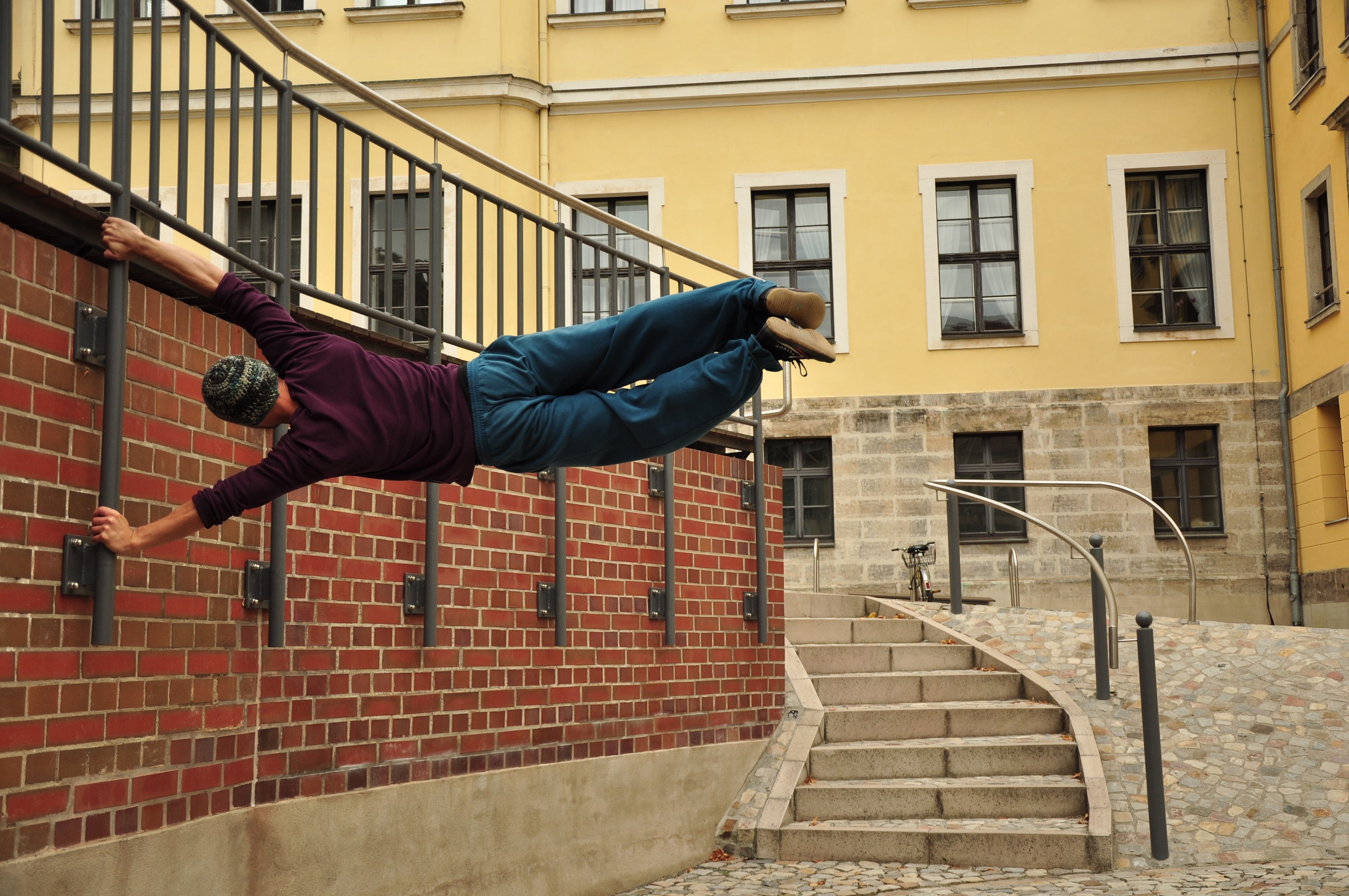
Use some imagination and see that there always some form of a bar to hang from. I especially like the occasional scaffolding structure in the street as an opportunity for 5-10 pull-ups. If an even round bar is not available don’t shy away from trees. Tree branches are great for pull-ups. The uneven and uncomfortable grip will only make you stronger.
Oh, and about the weird looks you’ll surely attract doing all those weird things. Well, if you have kids, you have a great excuse for your behavior. If you don’t – so what?
Sit Less
You must have heard that sitting is the new smoking. The mantra was coined by Dr. James Levine who also invented the treadmill desk. Dr. Levine made the connection between heart disease, diabetes, and obesity to sitting.
I’m not sure how accurate is the comparison of adverse effects of sitting and smoking damages, but I know that the years of fear-campaign against smoking worked.
Smoking was dramatically decreased in America in the last few decades. So I guess a little fear tactic recruited for the right cause is not a bad thing.
No doubt, we sit too much. We sit in the workplace, at home and almost everywhere between the two.
Our bodies were not designed for the sitting posture, especially the common slouching, which is the default sitting style for most people.
Besides the many negative musculoskeletal effects, over time, sitting was found to cause negative metabolic effects, the same ones that are caused by bad food and lack of movement.
If you spend most of your day in chairs like most people, as a start, just get out of your chair at least every hour. Move, walk around and awaken your body.
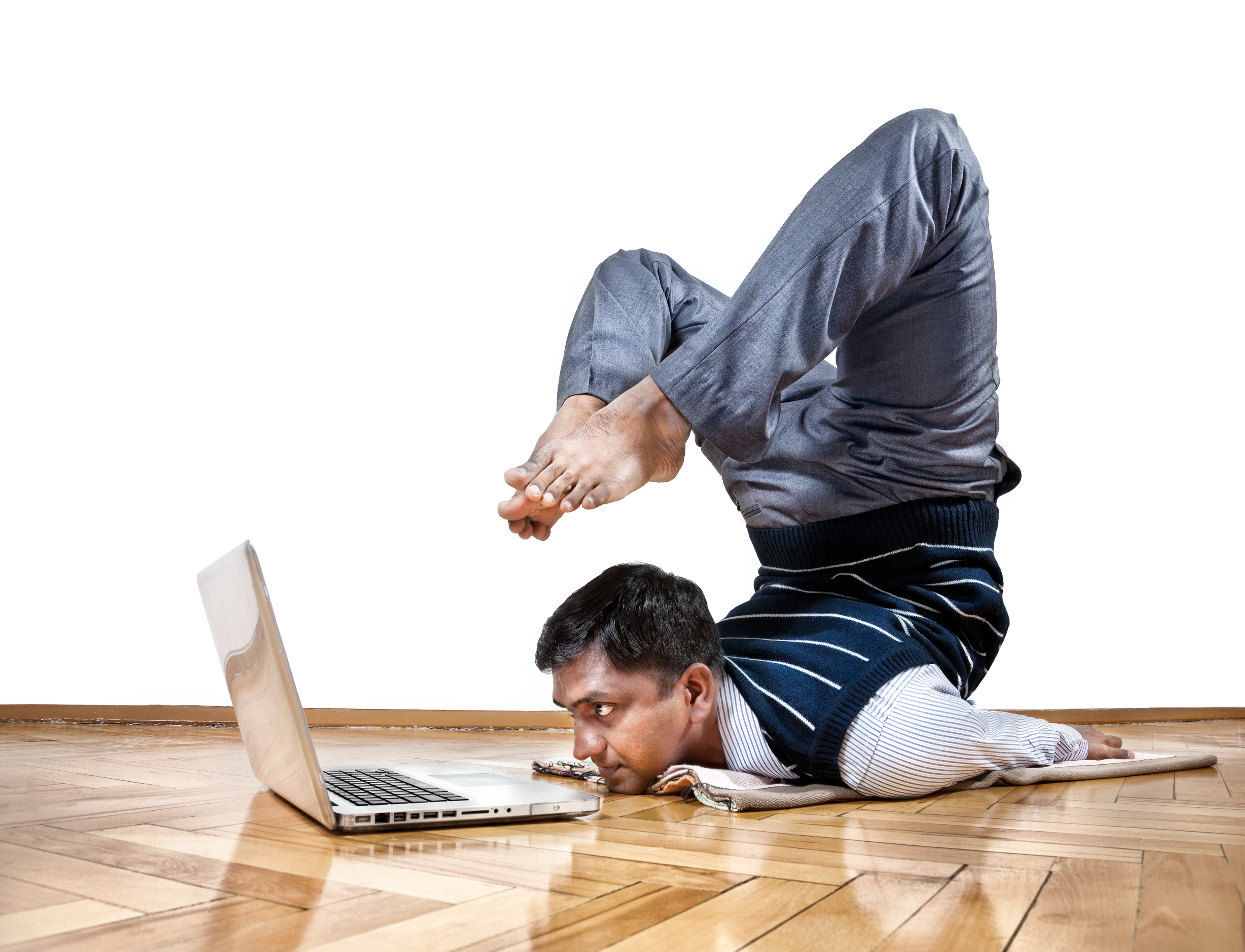
If it’s possible, consider a standing desk or even a treadmill desk. I have been experiencing with a height-adjustable standing desk in the last few months and I find to be a good solution.
However, standing for a long period of time can be challenging by itself and I suspect that it is not ideal for the body just as sitting. The point is to frequently change position. Again, our bodies were designed to neither sit, nor stand, but to move.
Try to perform any task that does not require you to be focused on the computer screen, while walking. Phone calls, reading documents, even eating. Use any staircase in your workplace as an exercising tool and go up and down a few times.
Spontaneous movement and exercise can and should be fun. If you accustom your body and brain to frequent movement, eventually you’ll crave it.
At the end of a day with a few frequent movement sequences, you may find that you did 30-40 pull-ups, 100-150 air-squats, and a good distance of walking. Not bad for a day without any designated workout time and in many cases, much better.
1) Craig Marker – Greasing the Groove, http://breakingmuscle.com/strength-conditioning/greasing-the-groove-how-to-make-it-work-for-you
